► CAR drives the facelifted VW T-Cross
► One of the best small SUVs
► Remarkably spacious inside
If you want an SUV, it’s safe to say Volkswagen has you covered. It’s got eight of the things to choose from, and its entry point into the world of high-riding models is the T-Cross.
Introduced in 2019 with funky colour schemes and jazzy wheels, you’d think a Volkswagen small SUV would have sold like hotcakes. But it’s never proven quite as popular as you might expect, with Nissan shifting three times as many Jukes last year, while even its Seat Arona and Skoda Kamiq siblings sell in greater numbers in the UK.
Volkswagen, it seems, needs to up its game. Given just about every core Volkswagen has had a facelift in the past couple of years, it’s now the turn of the T-Cross. But is it any good, or has it long been overtaken in the bustling compact crossover segment?
At a glance
Pros: Spacious, decent to drive, generous equipment
Cons: Lack of electrification, gets expensive in high trims
What’s new?
The fact that Volkswagen headlines the T-Cross updates with the fact it’s available in a new colour should tell you that this isn’t the most intensive facelift. It’s called Rubber Ducky Yellow, as named by Volkswagen’s social media audience. How very down with the kids! It’s a free colour, too, though you know most people will pay £700 to have it in grey instead.
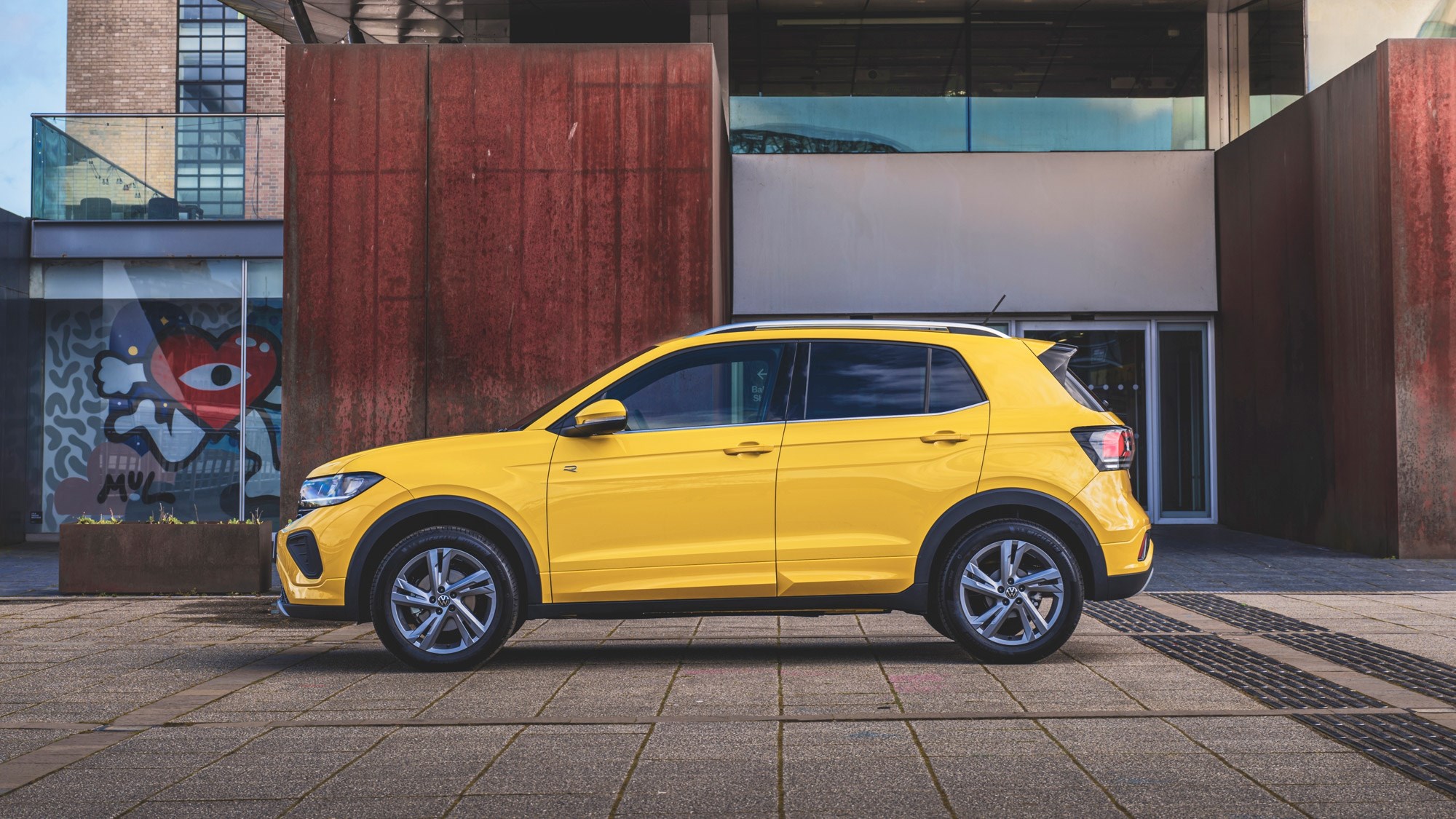
Other changes include new bumpers that aim to make it look a bit more muscular and give it the ‘DNA of a Touareg’, Volkswagen says. I’m not so sure, the extended bumper makes it look like it’s got an under-bite.
Moving inside, it adopts similar changes to the latest Polo and T-Roc facelifts. That means there’s a new look for the interior – but rejoice, not the touchscreen-everything approach – and an improvement to the quality.
What are the specs?
The engine choice with the T-Cross is pretty simple – you can have a 1.0-litre turbocharged petrol… and that’s it. You do get the choice of a 94bhp model with a five-speed manual, or a 113bhp version that comes with a six-speed manual as the default or, as an option, a seven-speed DSG automatic.
We’re in the 113bhp automatic, which seems to suit the T-Cross perfectly. It’s worth remembering this is a fairly small car – it’s based on the MQB-A0 underpinnings of the Polo and at just over 4.1m long, is hardly any bigger.
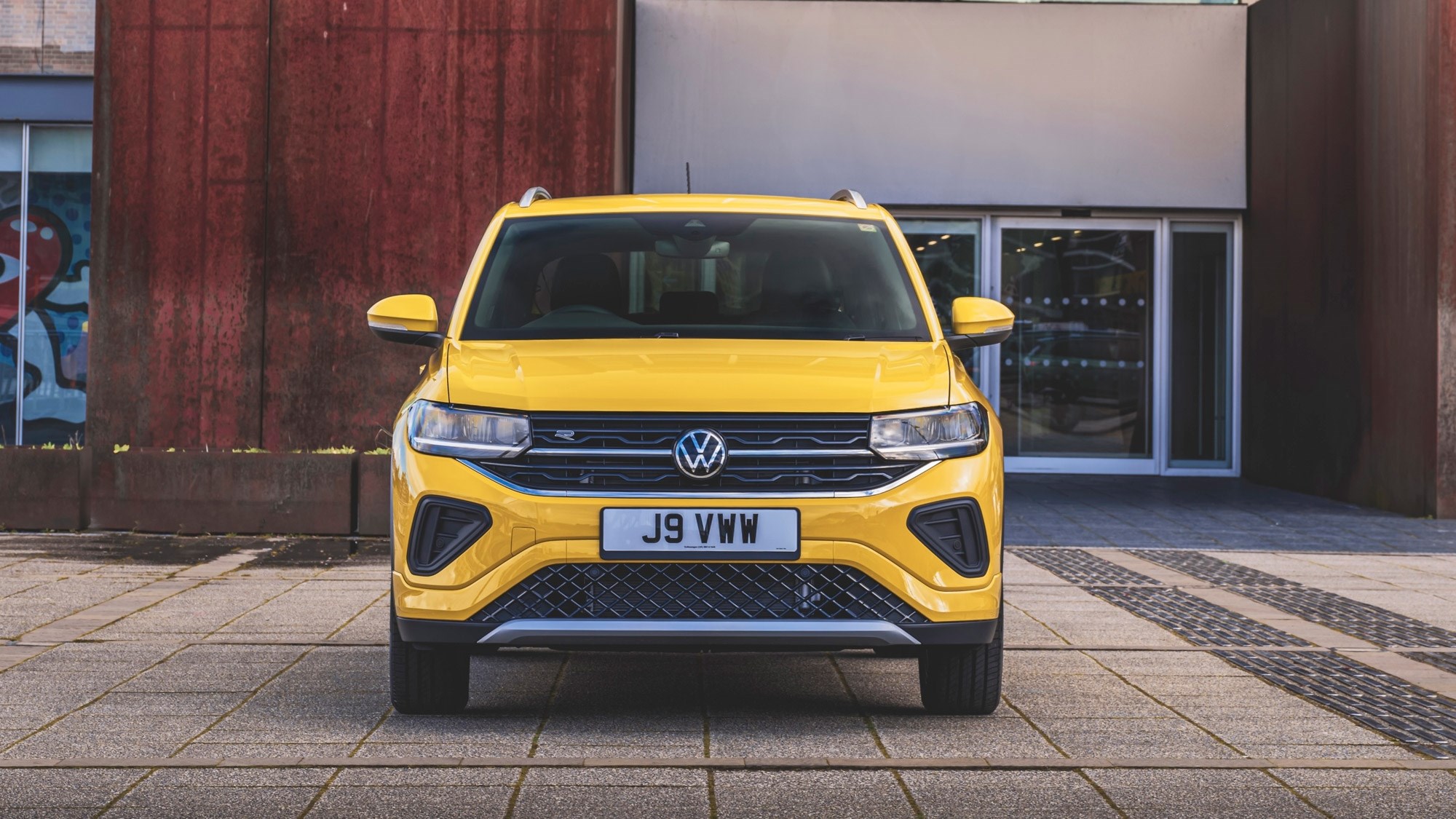
Accelerating to 62mph takes a fraction over 10 seconds, all while being pretty frugal. Volkswagen claims 49mpg and CO2 emissions of 131g/km – both respectable figures. Most rivals can be had as either a hybrid or EV, though, which does set it back a bit, and could help explain why sales aren’t quite as high as the competition.
What about the interior?
Though the T-Cross might be Volkswagen’s cheapest SUV, as a buyer, you never want it to feel that way, which was always a bit of a problem previously. There’s been quite a lift in terms of quality, with soft-touch materials being used on the dashboard and door cards, and a general lift to the whole cabin. Similar changes were made to the T-Roc when it was last facelifted, and they’re equally effective here.
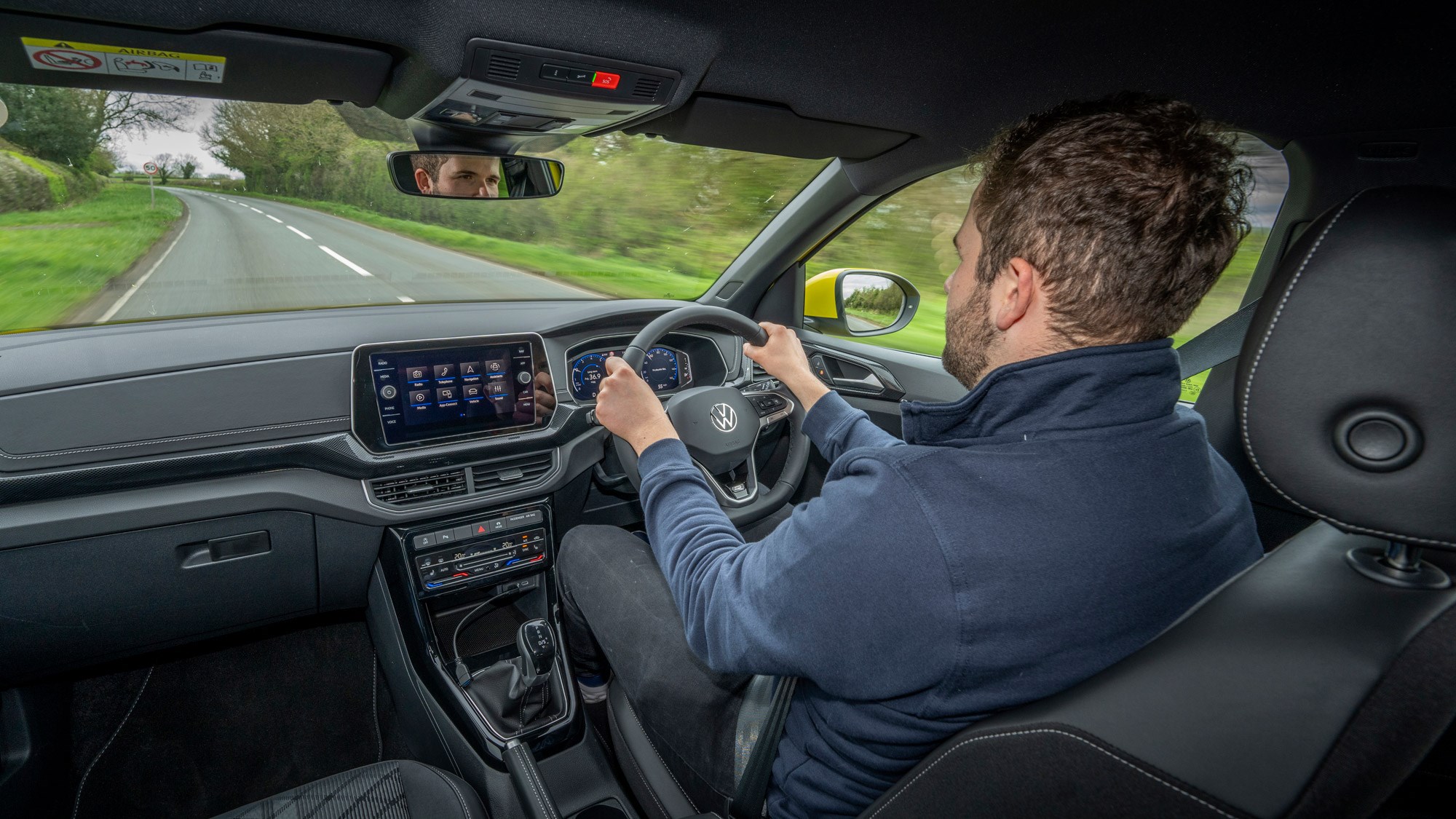
While Volkswagen might have stuck some new trim around the main touchscreen, don’t be fooled, this is largely the same unit as before, measuring up to 9.2 inches. It can seem a bit basic next to the latest crop of multimedia systems, but with wireless Apple CarPlay and standard navigation, it gets everything you need, and in many ways is much easier to operate than many newer systems. All cars also now get a digital instrument cluster. One gripe is the optional climate panel (standard on R-Line versions), which is fiddly to use.
Despite having a footprint barely any biger than a supermini, the T-Cross is like a tardis inside. Rear-seat passenger space is remarkably generous for such a small car, with a six-foot-tall adult able to sit comfortably behind a driver of the same height. Thanks to the boxy shape, there’s no compromise with headroom as well. Though the standard 384-litre boot isn’t massive, a height-adjustable floor and sliding rear seats help to make it much more useful. It’s a prime candidate for downsizing.
How does it drive?
Weighing 1,250kg, the T-Cross is fairly light by modern family car standards, and that shows in the way it drives. It’s not exactly a riot, but with direct steering and well-controlled body roll – surprising for quite a top-heavy car – you can have quite good fun down a back road in it.
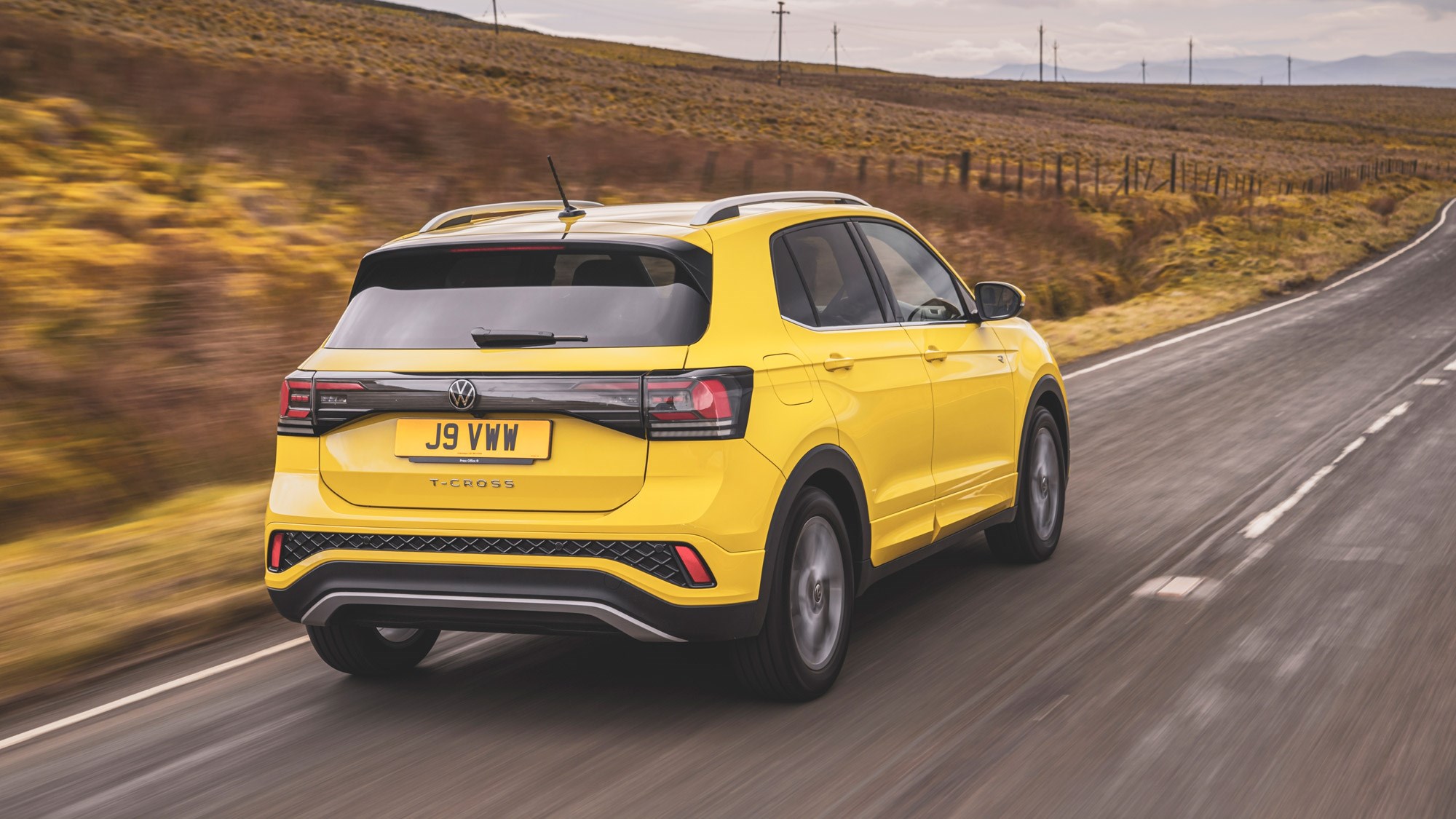
The three-cylinder 1.0-litre TSI can feel a bit underpowered in its standard 94bhp guise, but add 20 more horses into the mix and it feels much more willing. Even the DSG – an occasional bugbear, especially in smaller cars – is smooth and tends to always be in the gear you want. Sounds obvious, but so many get it wrong.
The T-Cross gets the lofty driving position that many like from this type of car, while plenty of glass and big windows mean visibility is excellent. The level of driver assistance kit is impressive for a car of this type too, with adaptive cruise control with lane centring and high beam assist all included from the off.
Before you buy
The T-Cross comes in four trims – Life, Match, Style and R-Line.
Standard equipment is unusually generous by Volkswagen standards, with full LED lighting, digital dials, a smaller touchscreen, front and rear parking sensors all included.
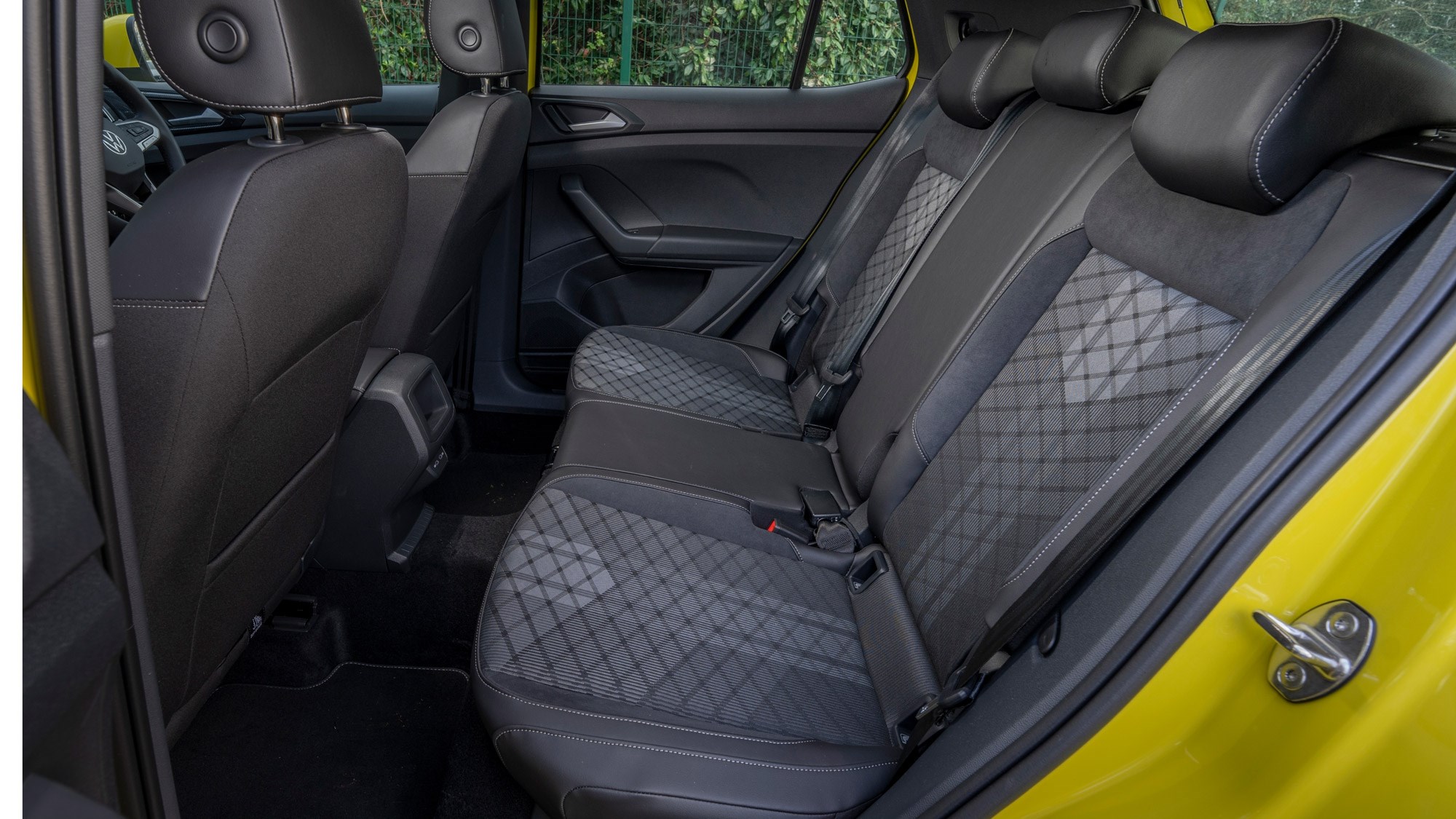
For a tiny supplement, you can get the Match trim, though, which gets more attractive 17-inch alloy wheels, a reversing camera and keyless entry. Choose this with the more powerful engine and it comes in under £25,000, which represents very decent value. When you consider a Polo with the same engine costs £24,000, the T-Cross looks appealing indeed.
But above the Match, things start getting expensive. A T-Cross R-Line with the better engine costs more than £30,000, and for that you might as well get a T-Roc instead.
Verdict
The Volkswagen T-Cross is one of those cars that deserves to be more popular than it is. It’s one of the best small SUVs, and better in just about every respect than a Nissan Juke, which sells in significantly greater numbers.
The T-Cross is pleasant to drive, and remarkably spacious considering its footprint. It generally does a lot of the same things that VW’s larger SUVs do at a far more attractive price. Sure, if you want a hybrid or electric crossover of a similar size, you’re going to have to look elsewhere. But otherwise, Volkswagen’s baby SUV could be one of its best.